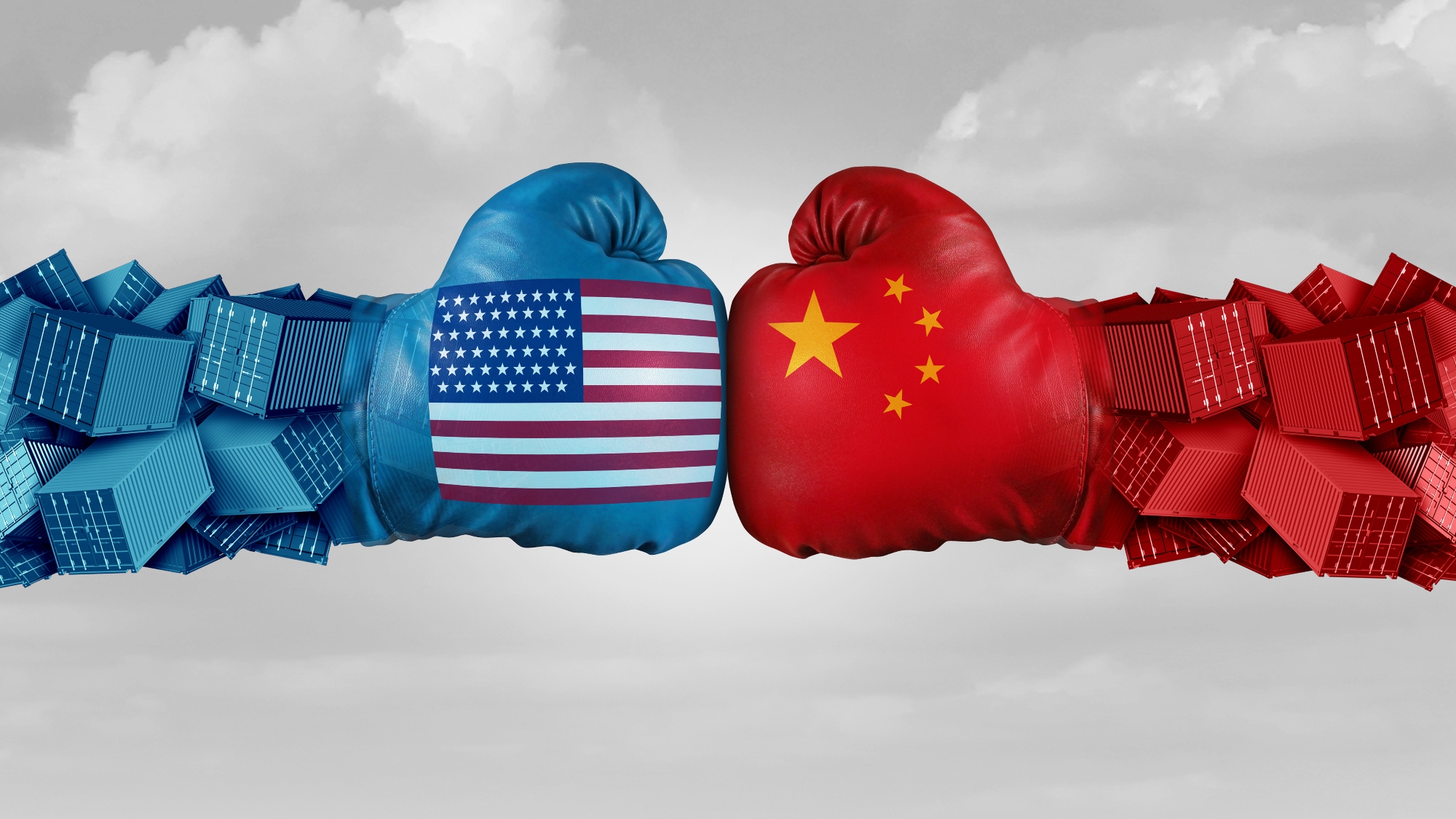Managing Relationships in the Supply Chain
As we begin the new year, many companies are standing back and re-evaluating the health of their supply chains. In this column, we continue with the eight-part series on transforming supply chains into integrated value systems, based on a new book entitled “Supply Chain Redesign” (Handfield and Nichols, Prentice-Hall, to appear in April 2002). The major areas we will cover in this column over the next few months include:
- Improving supply chain relationships
- Designing products for the supply chain
- Information visibility in supply chains
- The impact of new channels: reverse auctions and exchanges
- Managing costs across the supply chain
- Adopting standards for supply chain systems
- Change management: a critical stepping stone
In this column we begin with the first of these topics, which is one of the most fundamental yet more difficult requirements for supply chain integration: changing the nature of traditional relationships between suppliers and customers in the supply chain.
In implementing an integrated value system, organizations are continually faced with the challenge of managing the “people” part of the equation. Relationship management affects all areas of the supply chain and has a dramatic impact on performance. In many cases, the information systems and technology required for the supply chain management effort are readily available and can be implemented within a relatively short time period, barring major technical mishaps. Inventory and transportation management systems are also quite well understood and can be implemented readily. A number of supply chain initiatives fail, however, due to poor communication of expectations and the resulting behaviors. Managers often assume that the personal relationships within and between organizations in a supply chain will fall into place once the technical systems are established. However, managing relationships among the various personalities in the organizations is often the most difficult part of the SCM initiative. Moreover, the single most important ingredient for successful supply chain management may well be trusting relationships among partners in the supply chain, where each party in the chain has confidence in the other members’ capabilities and actions. Without positive interpersonal relationships, the other systems cannot function effectively. One supply chain manager expressed this feeling succinctly:
“Supply chain management is one of the most emotional experiences I’ve ever witnessed. There have been so many mythologies that have developed over the years, people blaming other people for their problems, based on some incident that may or may not have occurred sometime in the past. Once you get everyone together into the same room, you begin to realize the number of false perceptions that exist. People are still very reluctant to let someone else make decisions within their area. It becomes especially tricky when you show people how “sub-optimizing” their functional area can “optimize” the entire supply chain.”
—Materials management vice president, Fortune 500 manufacturer
The experience is not unique to this company. Almost every individual interviewed by the authors who was involved in a supply chain management initiative emphasized the criticality of developing and maintaining good relationships with the customers and suppliers in the chain. In deploying the integrated supply chain, developing trust on both sides of the partnership is critical to success. In discussing the importance of relationships in supply chain management, trust building is emphasized as an ongoing process that must be continually managed. In short, trust takes time to develop but can disappear very quickly, if abused.
In the early stages of supply chain development, organizations often eliminate suppliers or customers that are clearly unsuitable, whether, because they do not have the capabilities to serve the organization are not well aligned with the company, or are simply not interested in developing a more collaborative relationship typically required for successful SCM. After these firms are eliminated, organizations may concentrate on supply chain members who are willing to contribute the time and effort required to create a strong relationship. Firms may consider developing a special type of supply chain relationship with this supplier in which confidential information is shared, assets are invested in joint projects, and significant joint improvements are pursued. These types of inter-organizational relationships are sometimes called strategic alliances. A strategic alliance is a pro-cess wherein participants willingly modify basic business practices to reduce duplication and waste while facilitating improved performance. Strategic alliances allow firms to improve efficiency and effectiveness by eliminating waste and duplication in the supply chain. However, many firms lack the guidelines to develop, implement, and maintain supply chain alliances.
Creating and managing a strategic alliance often represents a major change in the way companies do business. In creating new value systems, companies must re-think how they view their customers and suppliers. They must concentrate not just on maximizing their own profits, but also on how to maximize the success of all organizations in the supply chain. Strategic priorities must consider other key alliance partners that contribute value for the end customer. Tactical and operational plans should be continuously shared and coordinated. Instead of encouraging companies to hold their information close, trust-building processes promote the sharing of all forms of information possible that will allow supply chain members to make better, aligned decisions. Whereas traditional accounting, measurement, and reward systems tend to focus on individual organizations, a unified set of supply chain performance metrics should be utilized as well. Finally, instead of “pushing products” into the supply channel, thereby creating excess inventories and inefficient use of resources, consultative sales processes and “pull” systems should be utilized. When organizations in a supply chain seek these goals, they may discover the need to re-design the entire structure of their supply chains.
Strategic alliances can occur in any number of different markets and with different combinations of suppliers and customers. Alliance configurations can vary significantly. A typical supplier-customer alliance involves a single supplier and a single customer. A good example is the relationship between Procter & Gamble and Wal-Mart, who have worked together to establish long-term EDI linkages, shared forecasts, and pricing agreements. Alliances also can develop between two horizontal suppliers in an industry, such as the relationship between Dell and Microsoft. These organizations collaborate to ensure that the technology road map for Dell’s computers (in terms of memory, speed, etc.) will be aligned with Microsoft’s requirements for its software. Finally, a vertical supplier-supplier alliance may involve multiple parties, such as transportation providers who must coordinate their efforts for multi-modal shipments. For example, trucking companies, must work with railroads and ocean freighters to ensure proper timing of deliveries for multi-modal transshipments.
All of this sounds reasonable. However, how does one even begin to initiate a strategic alliance? And under what conditions should they occur? To create and manage a strategic alliance means committing a dedicated team of people to answering these questions, and working through all of the details involved in managing the relationship. Unfortunately, there is no “magic bullet” to ensure that alliances will always work. However, it is reasonable to assume that, like a marriage, the more you work at it, the more successful it is likely to be!
- Categories:


